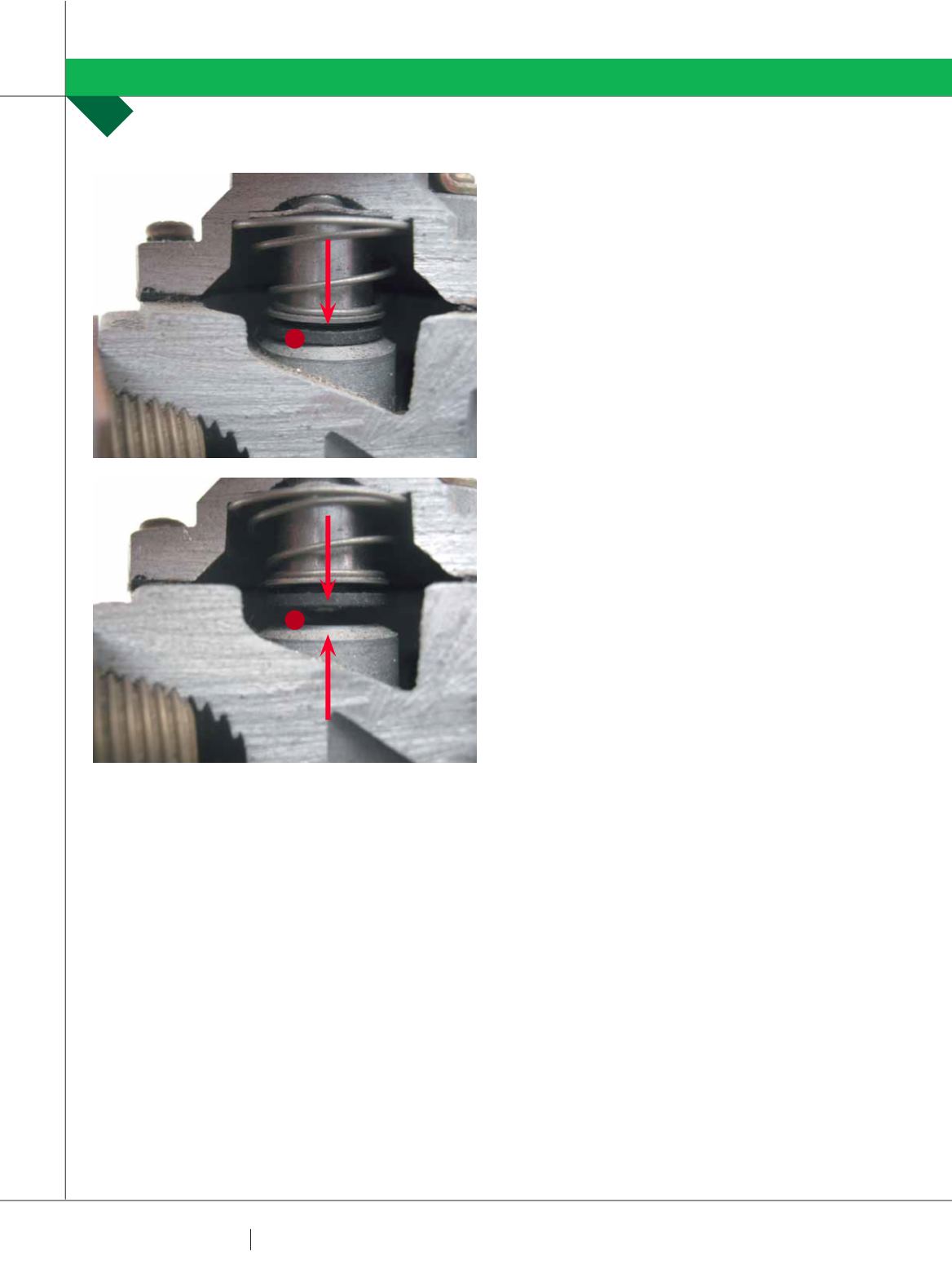

76
PLUMBING CONNECTION
AUTUMN 2015
The distributor will supply a gas meter capable of
providing the quantity of gas reasonably expected to be
consumed by the customer at a pressure of 1.1kPa (page 33
of Version 9; page 32 of Version 11.).
According to advice from a gas distribution company,
“reasonably expected to be consumed” is interpreted as being
the maximum instantaneous gas load, or diversified gas load
– not the connected gas load. Therefore gas meters should be
sized to provide the anticipated diversified gas load.
All this, even though AS 5601-2004 is referenced in
Schedule 3 of Code 11, even though AS/NZS 5601-2013
was adopted in Victoria in March 2013. The points as noted
below are very similar in AS5601-2004 and AS/NZS 5601-
2013, other than Appendix O.
STANDARD REQUIREMENTS
The following are pertinent aspects of AS/NZS 5601-
2013:
∫ Clause 5.2.5, “Pipe size for consumer piping supplying a
domestic type gas appliance”, states that the operating
gas pressure of 1.13kPa must be available at the
appliance inlet when all gas appliances are operating at
the same time.
∫ Table 5.1 shows the minimum pressure at appliance inlet,
natural gas, to be 1.13kPa.
∫ Clause 6.2.1, “Determination of adequate gas supply”,
includes assessing the maximum gas load and ensuring
the required supply is available before connecting an
additional appliance.
∫ Clause 6.2.2, “Manufacturer’s installation instructions”,
states, in part, that appliances are to be installed
according to the Standard’s requirements and the
manufacturer’s instructions.
∫ Appendix O, “Guidelines for gas appliance commissioning”,
restates that all appliances in the installation must be
operating while performing the pressure check, and the
same procedures must be followed to recommission an
appliance after maintenance and repair.
CONTRADICTION
What does this contradiction of supply pressures mean to
the operation of a gas appliance and the responsibilities of
the plumber/gasfitter?
The plumber/gasfitter is obliged to install and commission
a gas appliance to the requirements of AS/NZS 5601-2013,
and as per Appendix O after maintenance and repair. There
has never been a requirement like the latter in any previous
gas installation Standard.
In any domestic installation under AS/NZS 5601-2013,
with correctly sized lines and the gas pressure set at a
minimum of 1.2kPa from the outlet of the gas meter, a
pressure drop of 70Pa should provide 1.13kPa at the inlet
to the control device. Correct operating pressure should
be achieved at every appliance test point when all are fully
operating.
If the supply pressure is set at 1.1kPa, as per the Gas
Distribution System Code, a pressure drop of 70Pa would
result in only 1.03kPa at the inlet to the control device.
As stated, without a supply pressure of 1.2kPa from the
gas meter you will not get 1.13kPa at the appliance control
device.
Manufacturers would not accept an appliance ‘fault’
if the gas pressure had not been set to its badge plate
specifications or approval/certification requirements.
FLOWRESTRICTIONS
Consider the restrictions placed on gas flow through a
control device.
It is not uncommon for gas pressure to drop 80-100Pa
between the control device inlet and outlet.
Some may say this is not crucial. However, AS/NZS 5601-
Restrictions to gas flow within a valve can reduce the outlet
pressure.
D:
Closed
E:
Open
D
E
GAS MATTERS
ROGER LAMBIE
















